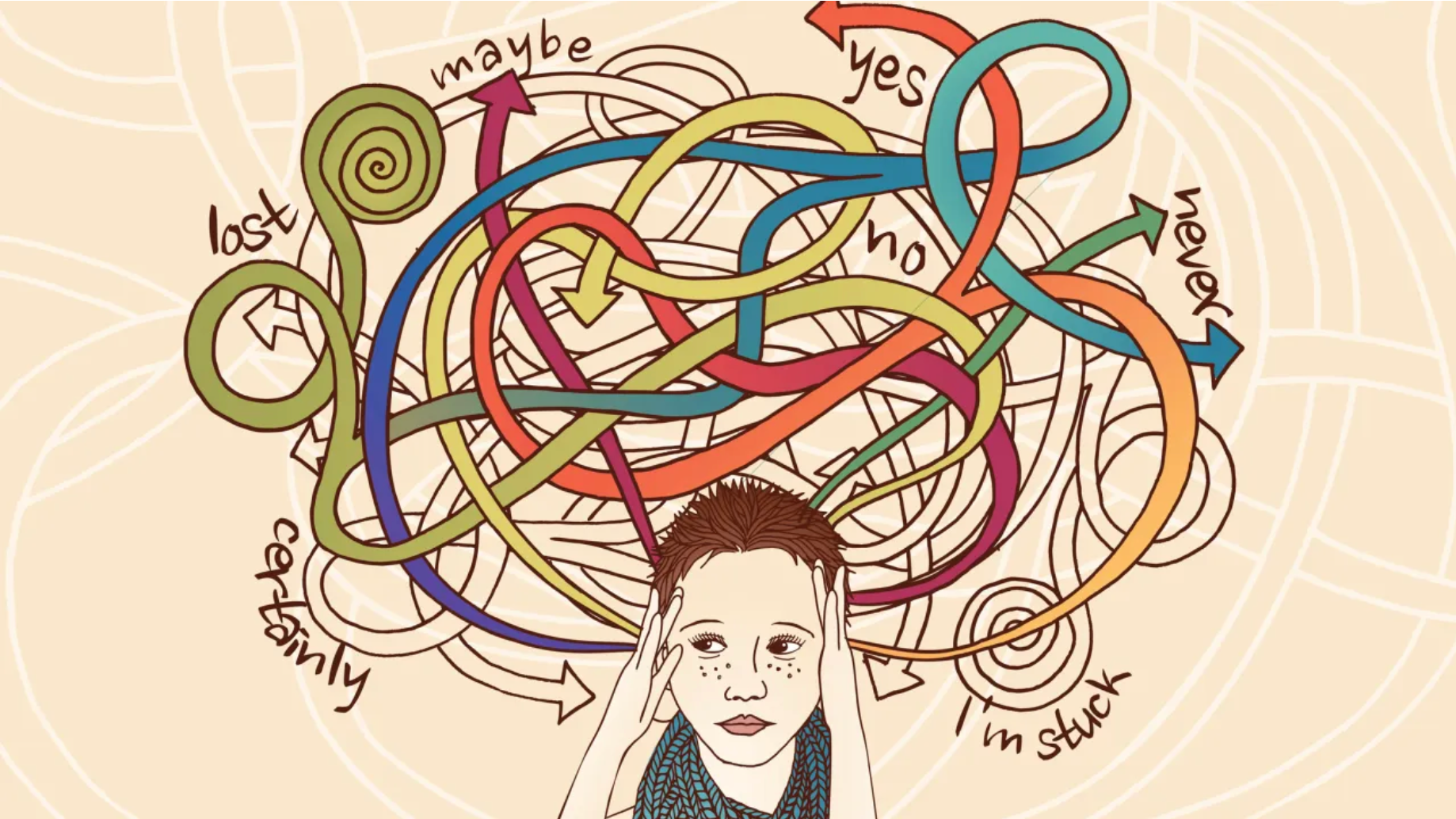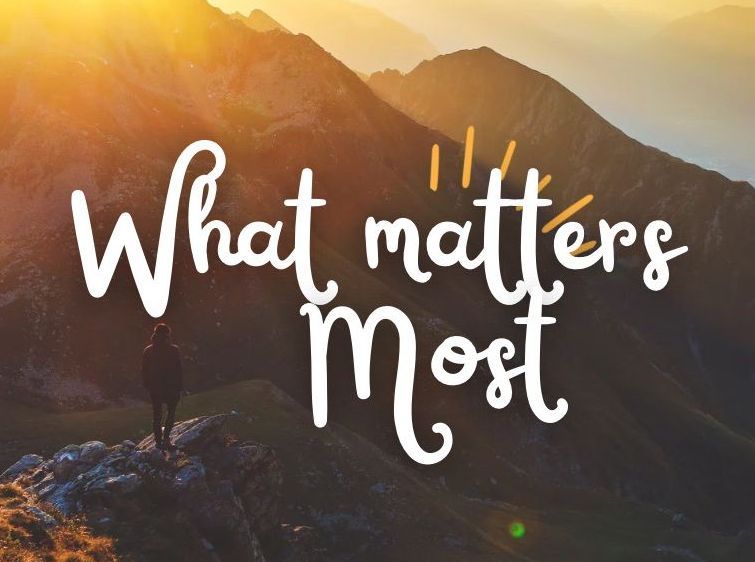The Blog
Imagine standing in an open field as the wind rushes past you. It tugs at your clothing, scatters your belongings, and pushes you in different directions. This is what living with ADHD often feels like—constant mental gusts pulling your focus from one thing to the next, leaving behind a trail of unfinished projects and frustration.
If you’ve ever struggled with distractions, impulsive thoughts, or an inability to stay focused on what truly matters, know this: the wind doesn’t have to be your enemy. Instead of resisting it, what if you could harness its power? What if, like a windmill, you could transform this chaotic energy into something productive and meaningful?
That’s exactly what we’re going to explore in this post.
Understanding Distractibility: The Ever-Present Wind
One of the hallmark traits of ADHD is distractibility. Your brain is wired to seek novelty, constantly scanning for new and interesting stimuli. While this can lead to moments of brilliance and creativity, it also means that staying focused on a single task can feel like an uphill battle.
ADHD distractions come in two forms:
External Distractions: Noises, movement, people talking, notifications, or even a bird outside your window can pull your attention away from your work.
Internal Distractions: Your own thoughts—random ideas, memories, sudden worries, or even excitement—can derail your focus just as easily.
The result? Tasks are started but abandoned halfway through. Important deadlines get missed, and a mounting sense of frustration grows. This scattered focus can lead to:
Overwhelm – feeling buried under an avalanche of unfinished tasks.
Frustration – wanting to focus but feeling powerless against distractions.
Self-Doubt – believing that if you just “tried harder,” you’d be able to keep up.
But here’s the truth: ADHD isn’t a flaw. It’s simply a different way of processing information. And like any force of nature, it can be harnessed.
The Windmill: Turning ADHD’s Energy into Power
Wind, when left unchecked, can be chaotic and disruptive. But when a windmill stands tall, it captures that wind, turning it into energy and movement. In the same way, your ADHD brain doesn’t have to be a whirlwind of lost focus—you can channel its energy in ways that work for you.
Here’s how you can start building your own windmill—a system that transforms your ADHD distractibility into focused productivity.
1. Time-Blocking: Creating Structured Focus
Time-blocking is a powerful tool for the ADHD brain. It involves breaking your day into focused work sessions, ensuring that distractions don’t take over.
Start Small: Set aside short, specific blocks of time for focused work (e.g., 25-minute work sessions followed by a 5-minute break—also known as the Pomodoro Technique).
Use Timers: Apps like Focus Keeper or physical timers can help keep you accountable.
Make It Visual: Color-code your schedule or use sticky notes to keep important tasks in sight.
By assigning time slots for specific activities, you give your brain clear boundaries—helping to minimize distractions and improve focus.
2. Task Batching: Grouping Similar Activities
Switching between tasks requires significant mental energy. Instead of constantly shifting focus, batch similar tasks together to reduce the mental strain.
Email and Communication: Set specific times to check and respond to emails instead of constantly bouncing back and forth.
Creative Work: Dedicate an uninterrupted block of time to brainstorming, designing, or writing.
Errands and Chores: Group similar tasks (e.g., meal prep, laundry, or bill payments) into a single session.
When you minimize task-switching, your brain stays in one “mode” longer, making focus easier.
3. Prioritization: Scaling Your Tasks
When everything feels important, nothing gets done. ADHD can make prioritizing difficult, but using a visual hierarchyfor tasks helps clarify what needs immediate attention.
One simple method is the Eisenhower Matrix:
Urgent & Important: Do these first.
Important but Not Urgent: Schedule time for these.
Urgent but Not Important: Delegate if possible.
Neither Urgent nor Important: Consider eliminating these.
This system helps reduce overwhelm and provides a clear starting point, eliminating decision paralysis.
4. Environmental Design: Removing External Distractions
Your physical space plays a huge role in managing distractions. Small tweaks can have a big impact:
Declutter Your Workspace: Keep only what you need within reach.
Use Noise-Canceling Headphones: If sounds easily pull you off track, block out the noise with music or white noise.
Turn Off Notifications: Put your phone on Do Not Disturb during focus time.
Visual Cues: Use sticky notes or a whiteboard to keep your most important tasks in sight.
By designing an environment that works with your ADHD instead of against it, you give yourself the best chance at maintaining focus.
5. The Power of Body Doubling
Ever notice how it’s easier to focus when someone else is working beside you? This is called body doubling, and it’s a powerful ADHD-friendly strategy.
Find an Accountability Partner: Work alongside a friend, either in person or virtually.
Join a Co-Working Group: Many ADHD communities host virtual body-doubling sessions.
Use Focus Apps: Platforms like Flow Club allow you to work alongside others in structured time blocks.
The presence of another person helps keep you engaged and minimizes distractions.
6. Mindfulness & Resetting Attention
Sometimes, distractions are inevitable. But the key isn’t eliminating distractions entirely—it’s training your brain to reset quickly.
Mindful Breathing: A simple breathing exercise (like box breathing: inhale for 4 seconds, hold for 4, exhale for 4) can help ground your attention.
Journaling: Writing down intrusive thoughts gets them out of your head and onto paper.
Movement Breaks: Short physical movement (like stretching or a quick walk) can help re-engage focus.
Rather than battling your mind, acknowledge distractions and gently guide your attention back—just like realigning a windmill’s blades.
Embracing the Wind
I know how relentless the wind of ADHD can feel—always pushing, always shifting, making it hard to stay on course. Some days, it feels like no matter how hard you try, your focus scatters in a hundred different directions.
But here’s the thing: the wind isn’t your enemy. It’s a force—one that, when harnessed correctly, can drive you forward instead of holding you back.
Your distractibility? It’s often creativity waiting for the right outlet. Your struggles with organization? Those can turn into strengths when you build the right systems. The frustration you feel? That energy can be transformed into motivation—momentum to push forward, one step at a time.
The wind isn’t going away. But now, you have the tools to build your windmill—to take control, to harness your unique strengths, and to create a life where ADHD isn’t a barrier but a catalyst for success.
You’ve got this. And you’re not alone.
What’s Next?
In the next post of this series, we’ll explore "The Rain and the Umbrella"—ADHD’s Emotional Intensity and How to Manage It. Stay tuned as we continue to harness the storm together.



